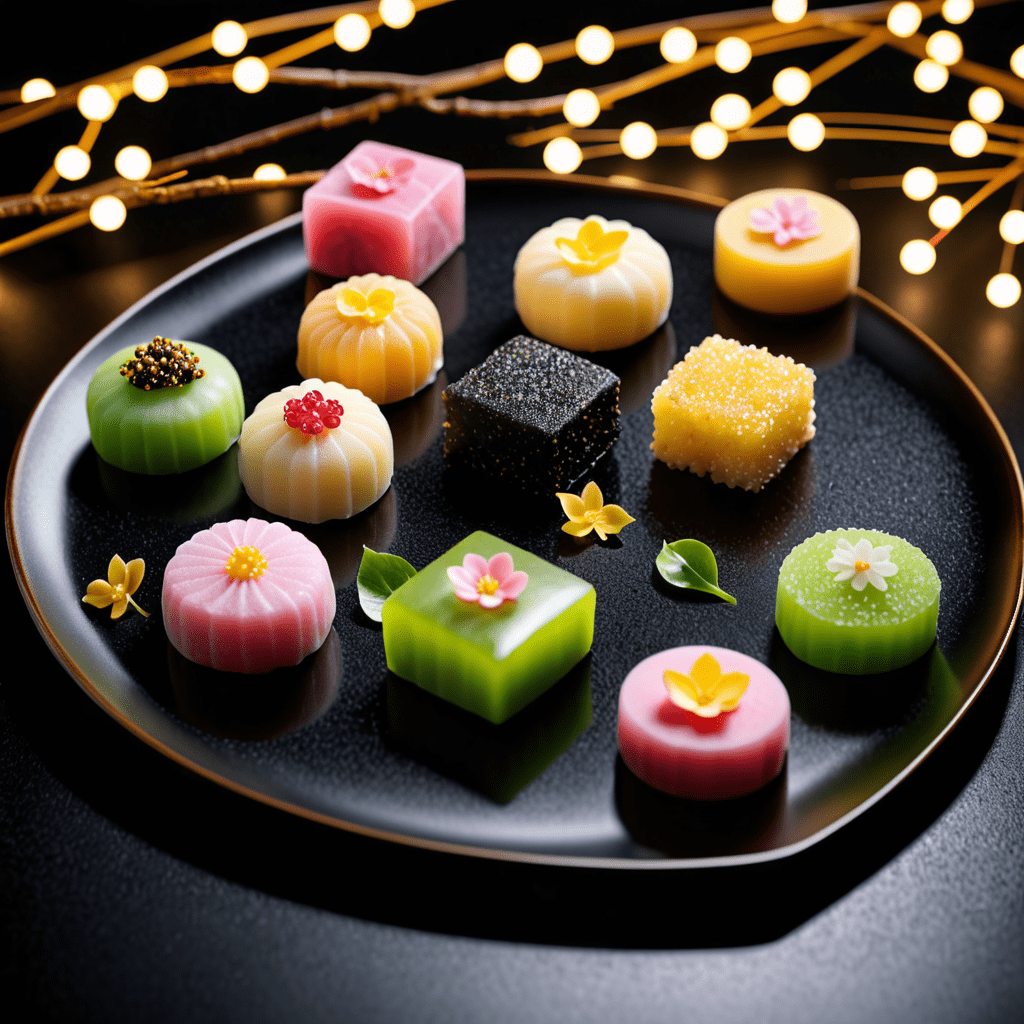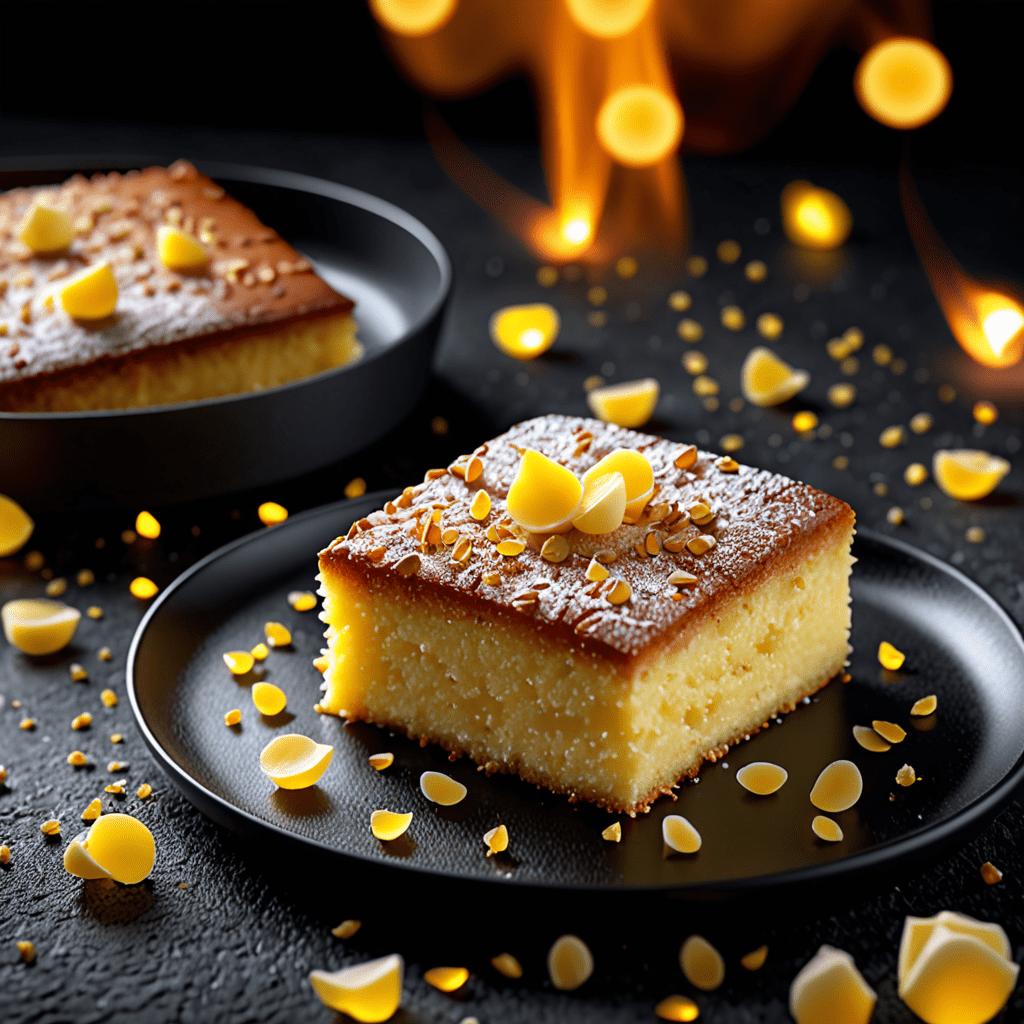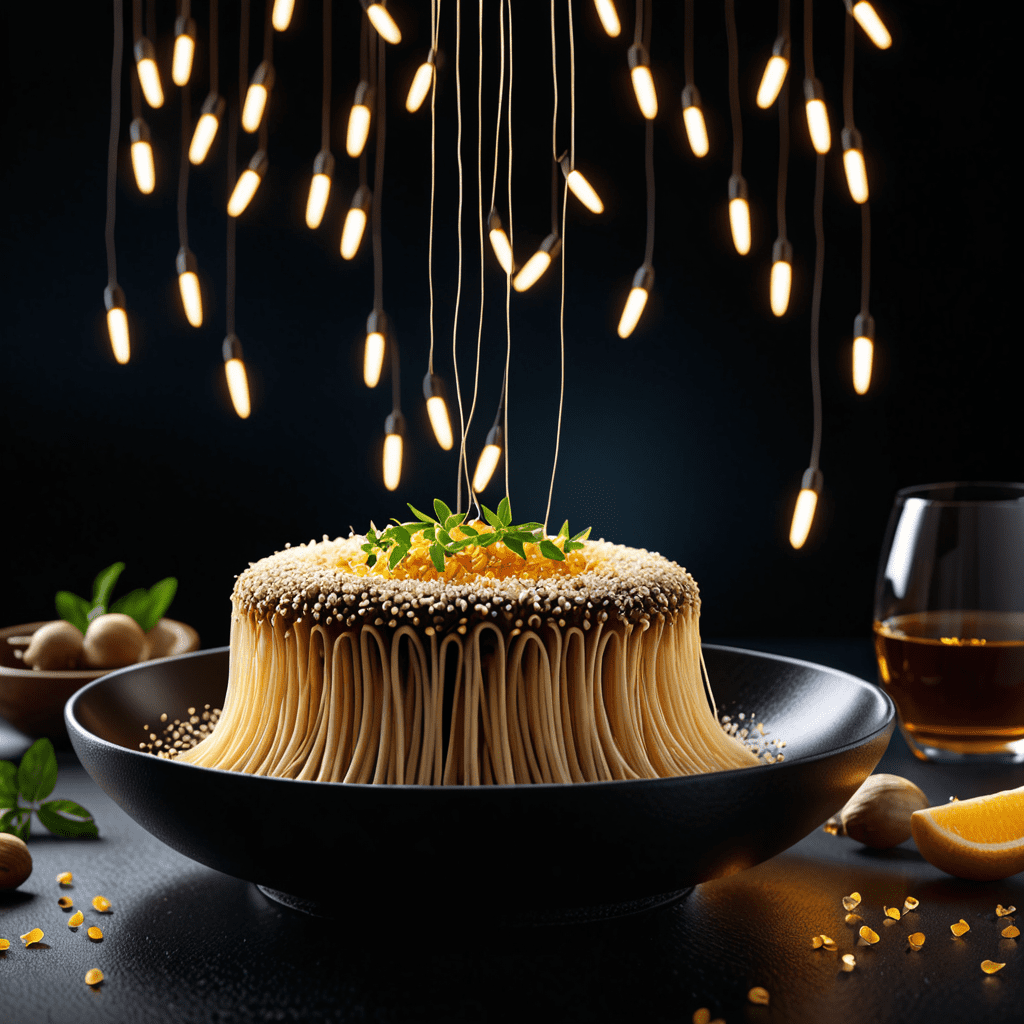Dive into the world of Japanese wagashi (traditional sweets)
Dive into the World of Japanese Wagashi (Traditional Sweets)
Introduction
Japanese wagashi, traditional sweets with a history dating back centuries, are not just delicious treats but also an art form. These intricate confections often reflect the essence of the seasons and are an integral part of Japanese culture. Made using simple, natural ingredients, wagashi comes in a variety of shapes, colors, and flavors, each representing a unique aspect of Japanese aesthetics and culinary tradition. Let’s dive into the world of Japanese wagashi and explore the delightful experience of making and savoring these exquisite treats.
Ingredients
The art of making wagashi relies on the use of simple, high-quality ingredients. Here are some common ingredients often found in traditional Japanese sweets:
1. **Anko (Sweet Red Bean Paste):** Anko is made from azuki beans and sugar. It is a staple in wagashi making and is used to fill or coat various types of sweets.
2. **Mochiko (Glutinous Rice Flour):** Mochiko is commonly used in the preparation of chewy and soft-textured wagashi.
3. **Matcha (Green Tea Powder):** Matcha adds a distinct, earthy flavor and vibrant green color to many types of wagashi.
4. **Kanten (Agar Agar):** Used as a gelling agent, kanten is essential for creating the jelly-like consistency in certain types of wagashi.
5. **Sakura (Cherry Blossom):** In some seasonal wagashi, pickled cherry blossoms are used to impart a delicate floral fragrance and visual appeal.
Directions
Crafting Japanese wagashi requires precision and attention to detail, but the reward is well worth the effort. Below is a simple recipe for a quintessential wagashi known as Yōkan, a sweet jelly made from agar and flavored with anko or matcha.
**Yōkan (Sweet Azuki Bean Jelly)**
**Ingredients:**
– 500g anko (sweet red bean paste)
– 10g kanten (agar agar)
– 500ml water
– 100g sugar
**Directions:**
1. In a pot, dissolve kanten powder in water and bring to a boil. Simmer for 5 minutes, stirring constantly.
2. Add sugar to the mixture and simmer for an additional 2 minutes, continuing to stir.
3. Remove the pot from the heat and mix in the anko.
4. Pour the mixture into a mold and refrigerate until set.
5. Once set, cut the yōkan into bite-sized pieces and serve.
This Yōkan recipe is just a glimpse into the world of Japanese wagashi. The art of crafting these exquisite sweets requires patience, precision, and an appreciation for the beauty of simplicity. Whether you’re enjoying the subtle sweetness of a sakura-flavored mochi or savoring the earthy notes of a matcha-infused confection, Japanese wagashi offers a sensory journey that embodies the essence of Japanese culinary artistry.
Japanese Wagashi: Frequently Asked Questions
What are Japanese wagashi?
Japanese wagashi are traditional sweets that are often served with tea. They are made from plant-based ingredients such as rice, beans, and sugar, and are known for their delicate flavors and artistic designs.
What are some popular types of wagashi?
Some popular types of wagashi include mochi (sweet rice cakes), daifuku (sweetened rice cakes filled with sweet fillings), and yokan (jellied dessert made of red bean paste, agar, and sugar).
What ingredients are commonly used in wagashi?
Common ingredients in wagashi include glutinous rice, red bean paste, agar-agar, sugar, and various natural flavorings such as matcha (green tea) powder and sakura (cherry blossom) extract.
What is the significance of wagashi in Japanese culture?
Wagashi holds a deep cultural significance in Japan, often associated with seasonal events and traditional tea ceremonies. Their carefully crafted designs often reflect and celebrate the beauty of nature.
How are wagashi typically served?
Wagashi are traditionally served with Japanese green tea. They are often enjoyed for their aesthetic appeal as well as their subtle, harmonious flavors.
Are wagashi gluten-free?
Many wagashi are naturally gluten-free,






